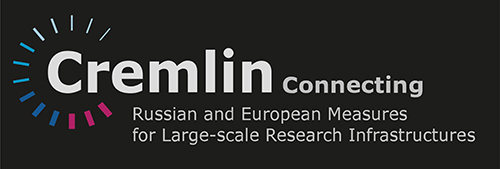The European Spallation Source (ESS), a next generation neutron spallation source, is presently under construction in Lund, Sweden. The first 15 instruments have been selected from conceptual proposals submitted by groups from around Europe. These instruments present numerous challenges for detector technology in the post Helium-3 crisis era, which is the default choice for neutron detectors...
Since the 1980s, helium-3 has been used as a converter in neutron detectors. A high cross section for neutron conversion, low gamma sensitivity, stability of response and flexibility of the design geometry make helium-3 an ideal converter for neutron detection. The so-called helium-3 crisis in 2009 has triggered worldwide research into alternative neutron detection concepts. Although it has...
The different types of instruments for condensed matter investigation on the external beams of the IBR-2 pulsed research reactor in Frank Laboratory of Neutron Physics of Joint Institute for Nuclear Research (FLNP JINR) require different neutron detectors for them. This leads to the necessity of developing a variety of detectors in the Laboratory that are used in experiments. The neutron...
Не-3 detection technologies necessary for equipping the majority (about 70%) of experimental stations of the PIK reactor either exist at PNPI or can be produced there as there is a technological capacity for their development and realization. Aperture of these detectors is no more than 1 m2 and consequently do not require a large amount of $^3$Не (about 900 liters). $^3$Не is available in...

